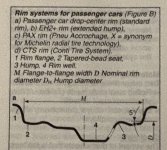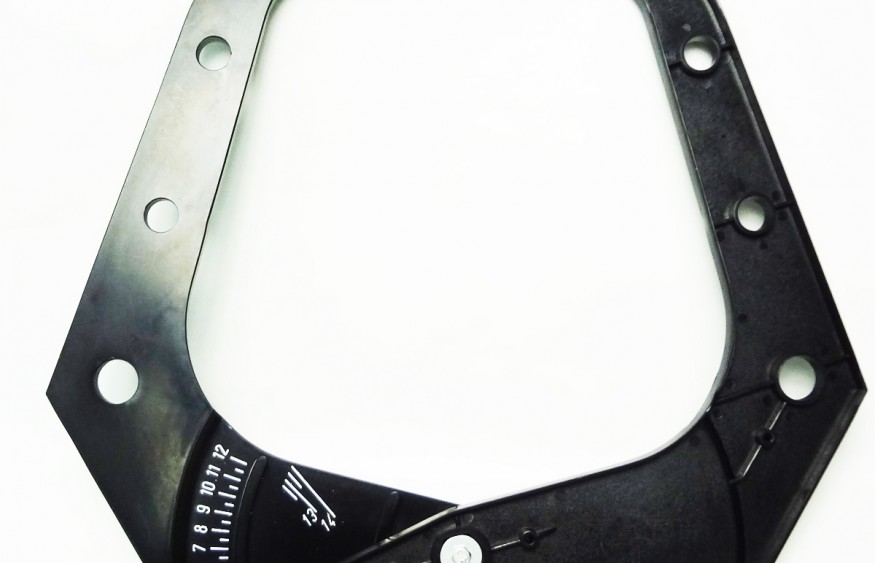October 2025 Fastrack Preliminary Minutes/Tech Bulletin
09/18/25 - Preliminary Minutes
09/18//25 - Preliminary Tech Bulletin
09/18/25 - Preliminary Minutes
09/18//25 - Preliminary Tech Bulletin
A little bit of language evolution regarding wheel regulations, is this perhaps some foreshadowing and structuring for a forthcoming wheel update? 2 years and going on that letter...
I was perhaps inspired by the wisdom of an Internet sage who once said something to the effect of "If a rule can't be enforced it isn't a rule".
...but I do think that using the words "absolute maximum" on something that is in many ways a nominal dimension (unless you are armed with an SAE or ISO standard) is maybe setting a landmine in the rulebook that may or may not ever get stepped on.
I agree 100% that any actual physical discrepancy (ie cheating) would be width, not diameter. And of the two, width seems harder to measure and thus more subject to incorrect measurement. And yes, width was already there - I simply hadn't thought about it.
Sure, I get it. But I do think, in that context, that concern about wheel diameter as an absolute max tolerance is less worrisome than wheel width...which was already in there. We didn't complain about it, though...
Curious why the PAC pursued that. There's gotta be a back story.


Except the Prod rules limit wheel size, not tire size.Tires are not all the same size. The tire and rim association size guidelines are wide and there is no requirement to comply with them. In other words one 245 is 240 another is 253. The rim being 6.95”, 7”, or 7.1” gonna have less performance benefit than the allowance already available in the tire dimensions.
